PPT-AASHTO CV/AV RESEARCH ROADMAP
Author : cheryl-pisano | Published Date : 2018-03-20
NCHRP 2024 98 2 PROJECT MOTIVATION CVAV technologies continue to advance towards introduction Open questions and issues remain for state and local agencies Develop
Presentation Embed Code
Download Presentation
Download Presentation The PPT/PDF document "AASHTO CV/AV RESEARCH ROADMAP" is the property of its rightful owner. Permission is granted to download and print the materials on this website for personal, non-commercial use only, and to display it on your personal computer provided you do not modify the materials and that you retain all copyright notices contained in the materials. By downloading content from our website, you accept the terms of this agreement.
AASHTO CV/AV RESEARCH ROADMAP: Transcript
Download Rules Of Document
"AASHTO CV/AV RESEARCH ROADMAP"The content belongs to its owner. You may download and print it for personal use, without modification, and keep all copyright notices. By downloading, you agree to these terms.
Related Documents

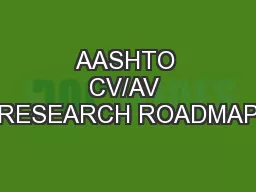

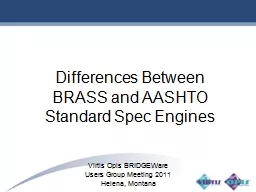
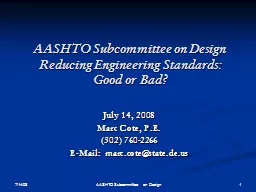
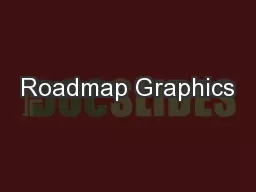
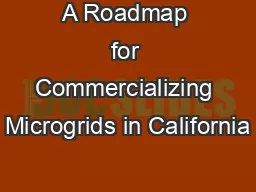
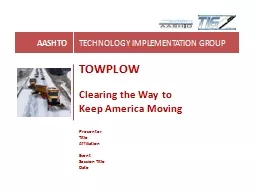
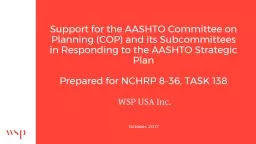
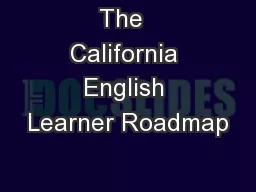
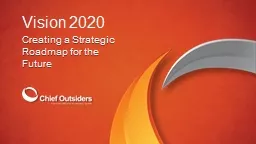
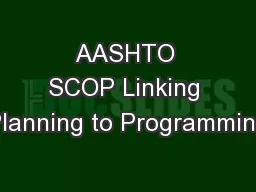
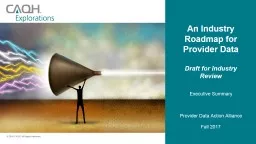
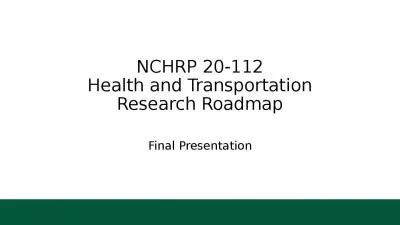
![Module VI.1 Roadmap development Trainer: [Name]](https://thumbs.docslides.com/1068018/module-vi-1-roadmap-development-trainer-name.jpg)